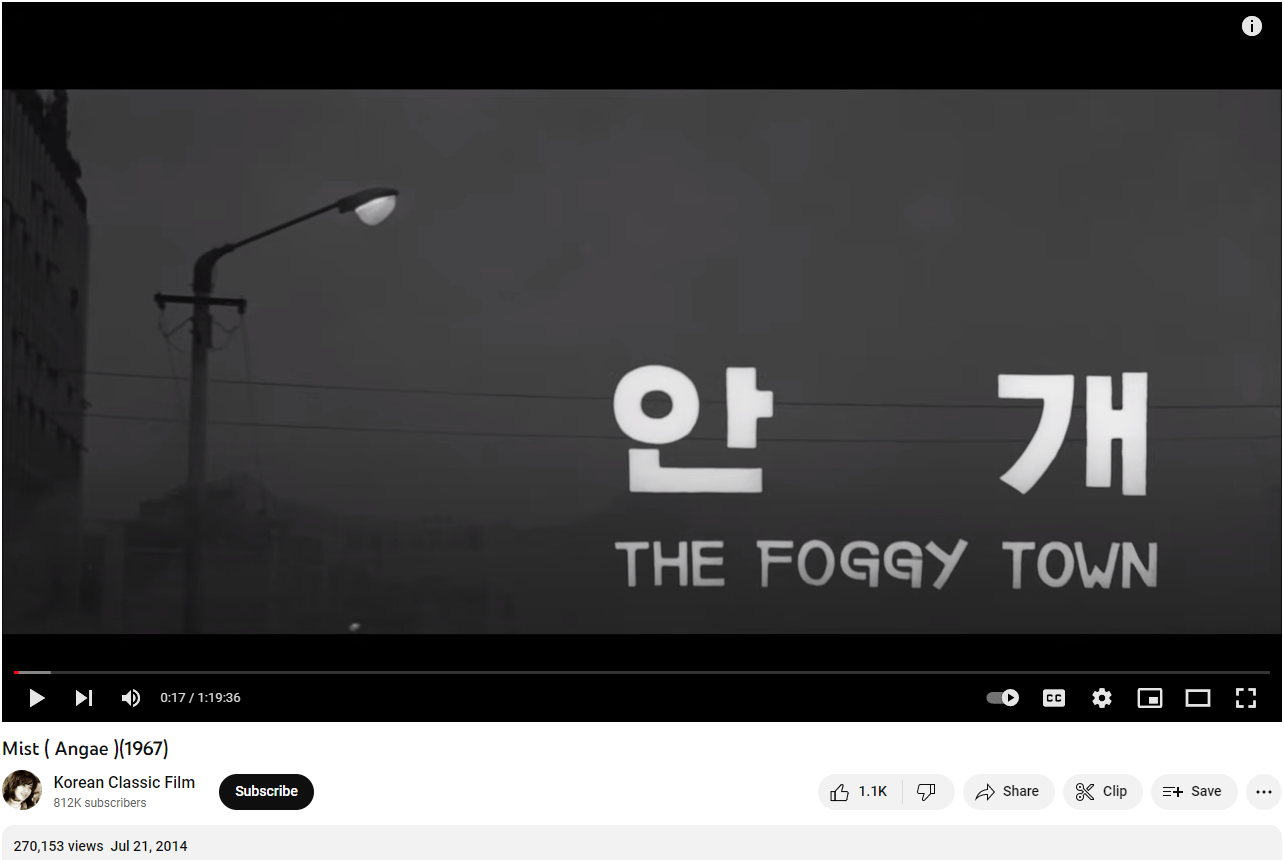Q. When did CMOS discontinue the use of “p.” and “pp.” before page numbers in notes? Furthermore, is it currently acceptable to employ these abbreviations if they align with the preferred house style at an institution?
Q. How would one cite something from the Oxford English Dictionary in author-date style? The guidance in CMOS 14.233 states that in notes and bibliography, just a note is needed. I don’t see anything about common reference works in chapter 15 (on author-date).
Q. How should I cite a classic film on YouTube? For example, Mist (Angae), directed by Kim Soo-yong, aired July 21, 2014, by Korean Classic Film on YouTube, https://www.youtube.com/watch?v=GppVzuwaK-Y.
Q. When citing multiple sources in one sentence, would you create multiple footnotes separated by commas at the end of the sentence? Or is there a way to combine sources in one footnote?
Q. Do mentions “in passing” of books require complete endnote citations? The author explains he is “naming them as works that exist in the world,” not “citing” them. For example, “Books in my house when I was a child included Mark Twain’s Huckleberry Finn.” I could find nothing in CMOS about this.
Q. How do you cite images generated by DALL·E?
Q. How do you recommend citing content developed or generated by artificial intelligence, such as ChatGPT? Many scholarly publishers are requiring its identification though also requiring human authors to take responsibility for it and will not permit the AI to have “authorship.”
Q. I’m doing a research project where I analyze the currency of different countries. If I want to discuss, say, the US one-dollar bill, can I cite it directly as a document produced by the Federal Reserve, or do I need to cite an image of the bill?
Q. If someone uses multiple quotes that are not interrupted by a separate source, should the citation be with the first quote or the last?
Q. Hello, I would like to know how to handle citations to books that list a subsequent printing date. Some books will say, for example, “Copyright 1975” and elsewhere on the copyright page will list the various printing dates, such as “2nd printing 1979, 3rd printing 1985, 4th printing 1992.”
Should my references point to the original copyright date, or the subsequent printing date? I have searched in vain to find a definitive answer to this or any concrete examples. Thank you very much for the help!


01.2023-02-02-19-13-02.jpg)